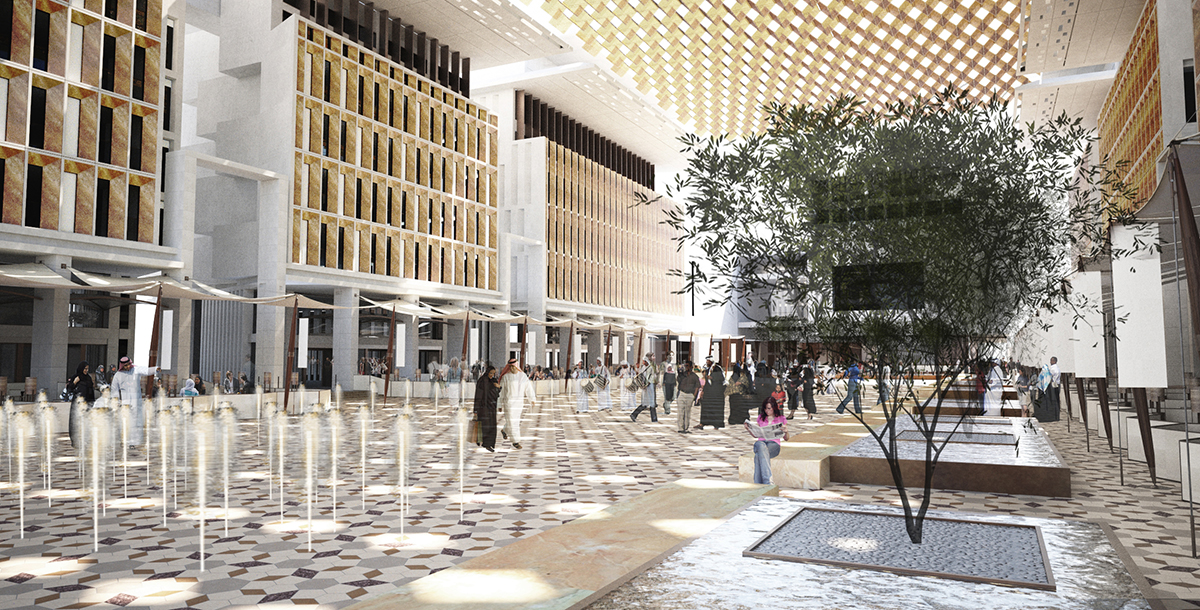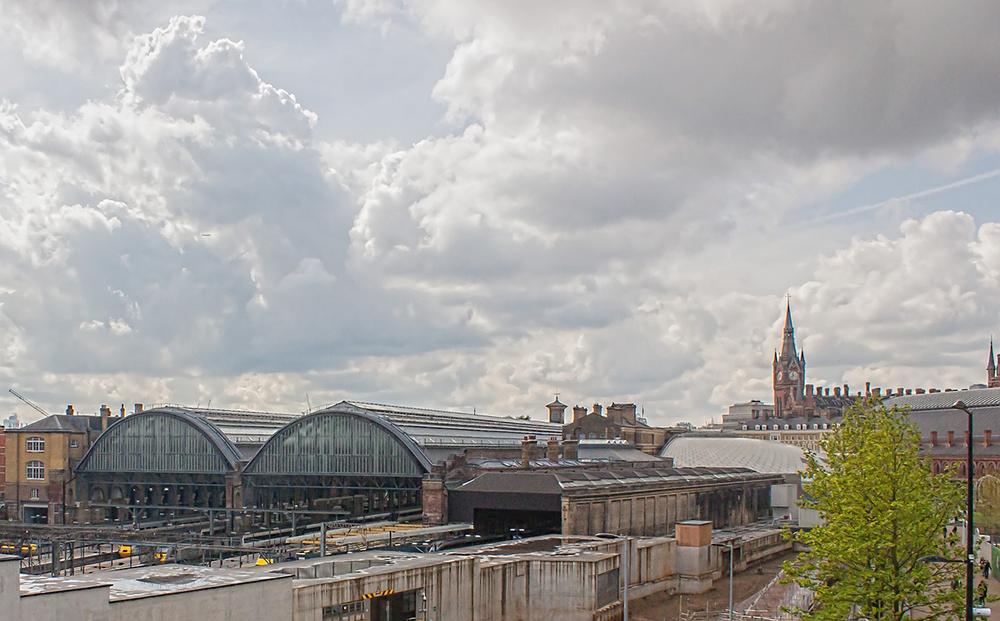
Spaces for People
March 19, 2018 — The Big Picture
As an architect I look at how we can develop spaces – spaces within buildings, between buildings, between people – that foster greater engagement and connection. I believe in architecture that adds value and benefits society ‘beyond buildings’, focusing on the people that inhabit spaces, the local environment and public arenas. Whether large- or small-scale, my view is that architecture is primarily a medium for conversations around people, life and places with a long term sustainable future.
In this age of technology as we live increasingly isolated lives, and technology dominates our inner and outer spheres, we neglect not only our five senses, but our human sensibilities which connect us to each other and mediate our engagement with the world. If we look back to the antiquity of Rome, people congregated at public spas to bathe. They participated in this ritual for the opportunity to engage their five senses, to enjoy the physicality of their existence, and connect with others, as much as to engage in a beautiful moment of cleaning.
I think it’s very important for us to rediscover, in the age of mobility, the places we can have immobility without having to consume. In the 20th century, we have personalized cleaning, and other aspects of our lives, including how we live, work and play. We live as objects of solitude in the immensity of the collective.
The stories of our lives need a space to happen. This space is often inscribed with a sense not only of its inhabitants, but of its ancestors, with their cultural history and the stories that have shaped them in the past. Architecture can establish a dialogue between past and present, public and private, creating a sustainable space for communities to grow. Too often, public space is merely regarded as an absence. I like to view public space as an entity in itself, and more importantly, as an opportunity for presence.
The space between buildings, what the voids are, can be created in such a way that we engage with them; we can engage with those spaces, which are there to make us feel good, and to meet and engage with other people. For me, architecture creates the background, and it is these engaging social areas that become the foreground. This means considering the spatial networks that connect buildings, thinking in terms of relationships and not just objects.
Public spaces have become focused on consumers and consumerism, designed mainly for transience. Mobility seems to be the only option in these spaces, with few opportunities to be present in any other way. However, historically, public spaces were a social, cultural and political arena. I aim to return meaning and importance back to public spaces, encouraging engagement and fostering communication.
One solution for many of the issues facing cities is to create clusters where we can concentrate people in liveable and workable areas, in this way you multiply the uses of the public space in a natural way. Smart cities must develop in natural and organic ways, and the campus offers just such a model for urban design.

The development of a once underused industrial wasteland in London’s King’s Cross represents this approach to urban placemaking. My priority, when asked to contribute two new buildings to this site, one of which will be occupied by artificial intelligence firm Deepmind, was to develop spaces that both convey a strong sense of their own identity and express a relevance to and continuum with the public realm. The key is to acknowledge that there is a fine line between public, curated and private tenants’ realm, from the ground up to the rooftops of the buildings. This is what really makes the spaces hang together and generate a strong and engaging urban and spatial character for users.
Great strides have been made in the study of spatial networks, and its design impacts on pedestrian flow, social cohesion, communication networks, safety, and the character and atmosphere of the environment. But I believe that, in addition to this quantitative or purely formal analysis of space, research is needed into how iconography, colour, motion and spectacle also influence human activity. For example, art can help navigation, promote encounters between different social groups, and even make public space more legible to the collective consciousness.
Producing spaces in which buildings and art are fully integrated requires a more inclusive design process. Curatorial perspective is key because we believe that, by integrating a visual arts input at every stage in the design’s development, the cultural legibility of the building, the relationship between spaces, and the design itself all gain more engrossing human and creative dimensions.